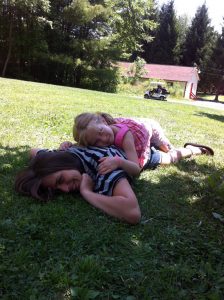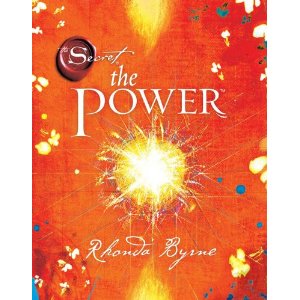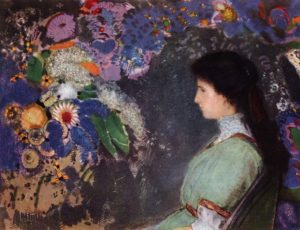

I am a fortunate woman: my four daughters, three biological and one step, are among my most favorite people. They are such wonderful fun to be with, each in her particular way.
Last week afforded a few days for me to spend quality alone time with my eldest daughter, who is now an anarchist. She spent a lot of time quoting Foucault, Lacan, and George Carlin to me. She stayed up all one night reading Obama’s DREAMS FROM MY FATHER and then spent the next day haranguing me mercilessly about the evils of racial disparity. I was stuck by her despair at ever rectifying the terrible wrong of racial inequality. She’s completely correct, of course, that it is a foundational evil. But I think we can restructure things for the betterment of all humans. I am bolstered in this opinion by her passion.
Years ago I took her to see MUNICH, starring the amazingly gorgeous Eric Bana. “Your generation will both inherit and solve this conflict,” I told her, when we walked out. She gave me a stricken look, but she seemed to agree.
And when they do, the solution will arise out of the passion that she and her peers have for true equality, for real tolerance.
Over a lavish dinner one night: “And what is the sociological implication of this meal?” I asked.
“That we have so much, that this kind of luxury exists, only because there exists people who have so little, who live in unimaginable poverty,” she said, flatly. She described a ghetto in Africa. I tried not to let it ruin my enjoyment of the meal.
“I view my species with a combination of wonder and pity, and I root for its destruction,” she quoted Carlin. But, with four children, I am invested in the survival of the species. So we fell into a debate about humanity: Are we worth saving?
“No,” she said, fiercely. The politics of power and inequality are too deeply ingrained for us ever to create a just society without the toxicity of racial inequality. “Maybe if 90% of us are killed off and the rest of us start over from scratch, that’s the only way,” she insisted.
But I beg to differ. Not because I believe in masses of humanity. Pretty much, from what I’ve seen, groups are evil, institutions are codifications of, at best, apathy, and at worst, vindictive Naziesque murder. Think of the Catholic church and the Inquisition. Think of McCarthyism. Actually, there’s no end of institutional evils to think about. Nope, I don’t like institutions.
But I do like individuals. I don’t know if society will change itself. But I do think that impassioned individuals–like my daughter–will stand forth to proclaim a new and better way of being, a more just way of cooperating, and that humanity will resonate with that better way.
I believe in the power of the individual to effect change. As an example, a friend of mine is the investigative journalist who, decades ago, broke the story about the dangers of asbestos. This he did despite threats and persecution from asbestos companies who had billions of dollars at stake. Thanks to his courage, fewer people now die of asbestosis.
It requires a refusal to go along with herd-thinking. It takes the resourcefulness, the stubbornness, to filter out the chaff, think for oneself, and hold onto unpopular ideals. One person, or a small group, is all it takes. In this thinking, I am like Abraham. Abraham bargained with God to save Sodom and Gomorrah: and if Abraham can find ten good men, God will spare the cities.
Of course, it didn’t work out so well for those two cities. That doesn’t diminish my faith in the individual.
My beautiful daughter and I went to some museums. She was delighted by Odilon Redon. He’s not the kind of artist of whom my Renaissance-obsessed husband approves, but I get it. Redon with his fantastical creatures and renditions of mythos was aiming for another universe, another realm: akin to the kabbalistic realm of Beriah, the world of thought and creation that comes from the realm of Atzilut, which is changeless. In Beriah, which is a kind of heaven, we find duality. It’s a world of essences, principles, and ideas. It’s a realm that can effect rectification.
So perhaps my daughter’s anarchy is inspired in Beriah. And it is individuals like her and Redon who can access those higher realms who will bring transformation to the rest of us.








 We (parents) want them (kids who know everything about instant messaging and the latest celebrity rehab, but who run screaming from museums and art books) to grow up knowing about more than Wii and the Xbox. We aspire for them to become literate, cultured people who can say something meaningful about Michelangelo’s Pieta and Degas’ dancers.
We (parents) want them (kids who know everything about instant messaging and the latest celebrity rehab, but who run screaming from museums and art books) to grow up knowing about more than Wii and the Xbox. We aspire for them to become literate, cultured people who can say something meaningful about Michelangelo’s Pieta and Degas’ dancers.
